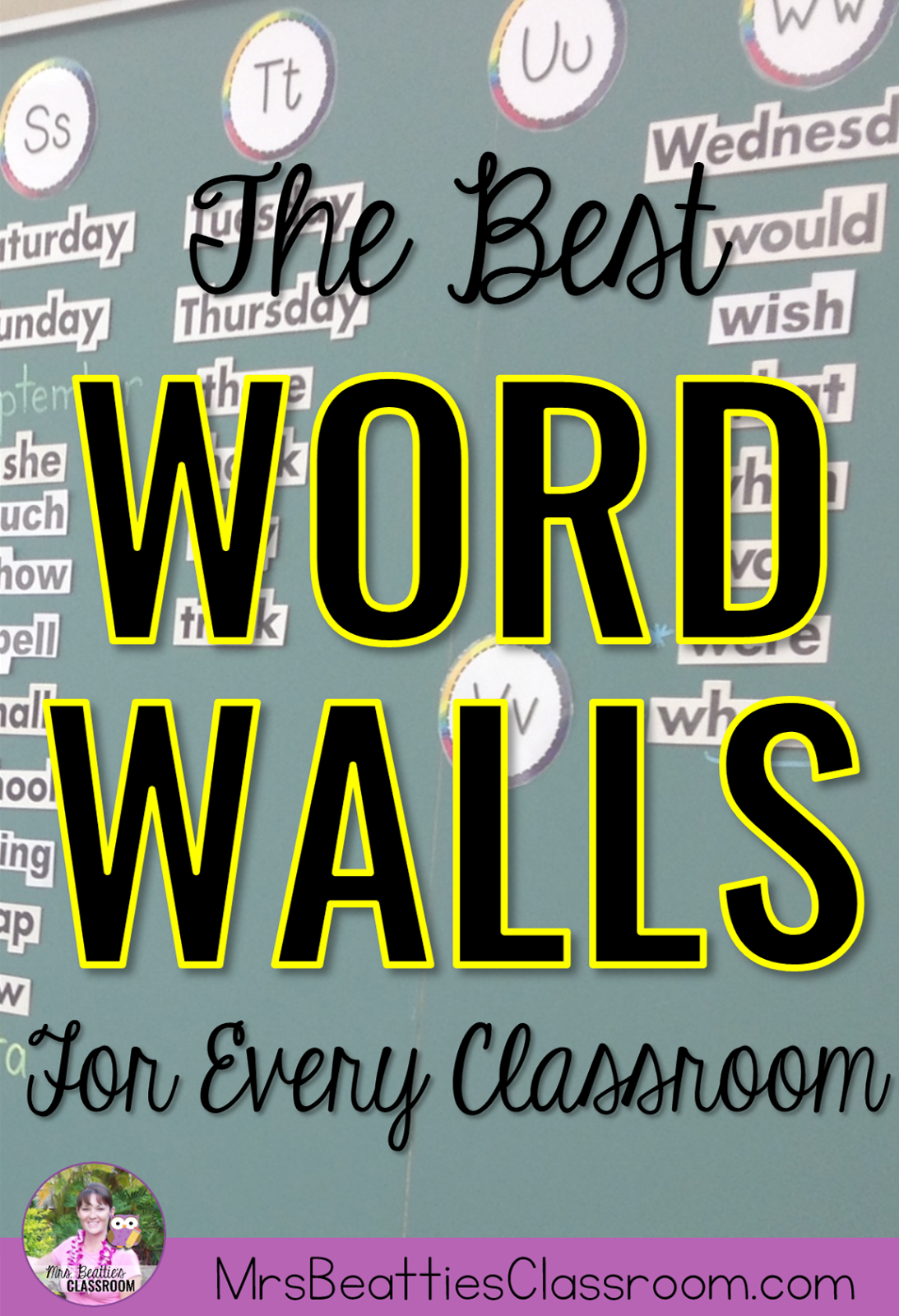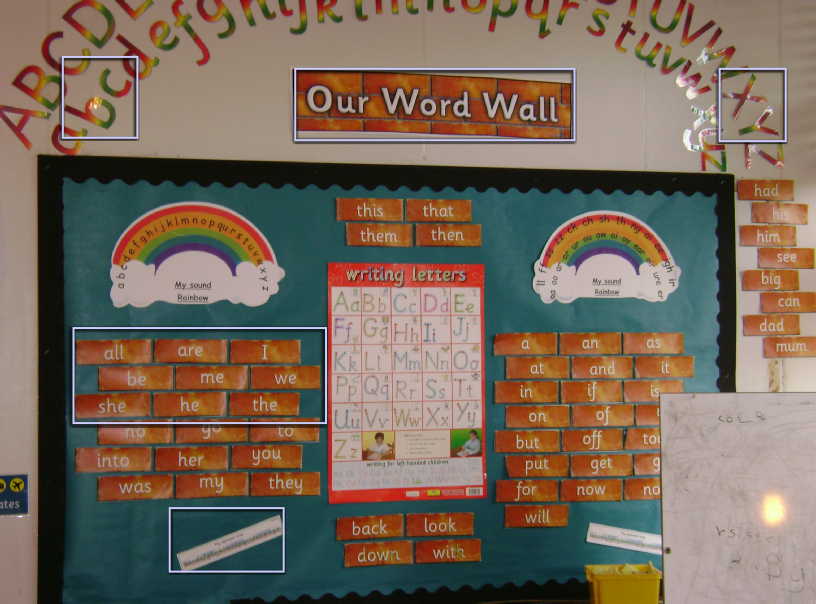

As you put a new word on your word walls, students can add them to their notebooks. Let your students make their own, personalized word notebooks. With the word wall available, you can push and challenge students to high levels knowing they have a tool at their fingertips. Challenge students to rewrite a story by replacing common adjectives with more descriptive ones from the word walls.

Instruct children to use at least five verbs from the wall in their daily journal writing. Take it a step further and have them add an adjective to each noun to work on writing with description. Use your word walls to teach, review, and apply the parts of speech.Īsk students to identify all of the nouns on your word walls. Students who know and use parts of speech correctly can construct better sentences and comprehend more advanced texts.

Even our youngest students are introduced to basic parts of speech in kindergarten. Parts of speech are the building blocks of sentences. Creating categories lets students group their thoughts, facilitate meaning, and make connections with words. Word sorts can increase students’ understanding of content-related vocabulary and strengthen critical-thinking skills. Categorizing words allows students to communicate with others, make connections to words, and recall important terms. Let them be creative in their categories and then challenge them to add some words of their own. Students may group words by parts of speech, subject area, or words that rhyme. Word walls are meant to be interactive, so let your students use them! Ask your students to read over your word walls and categorize the words into meaningful groups. Here are some engaging and interactive ways to use your classroom word wall. What is more important is what you do with it. words that students discover while reading independentlyĮveryone’s word wall will look different and that is okay.Here are a few other places you might find words for your word wall: It might also include math, science, and social studies vocabulary, names of students, and other words that have meaning to your class. This might be your grade level sight words or words with your target phonics skills. You can choose these words from anywhere, but usually, the words are connected to your teaching standards. Here are some engaging, interactive, and creative ways to use word walls in your daily classroom routine. After all, if we don’t use the word wall, then what’s the purpose.

They also provide a great teaching opportunity. Word walls help students see the patterns and relationships among words. They are designed to be interactive tools that students can reference during reading and writing. Topic Collections Find curated collections of resources to meet your changing needs as you go through the academic year.Word walls are collections of words that are displayed in classrooms.Grab and Go Lessons Discover easy-to-implement lessons for K-12 that span content areas-from critical reading to coding-where learners think critically, collaborate, and communicate to solve meaningful and relevant problems.Accelerate Learning Explore strategies and resources to build your future-ready classroom where students have voice and choice in their learning and where resilience, relationships, and emotional security foster belonging and community.


 0 kommentar(er)
0 kommentar(er)
